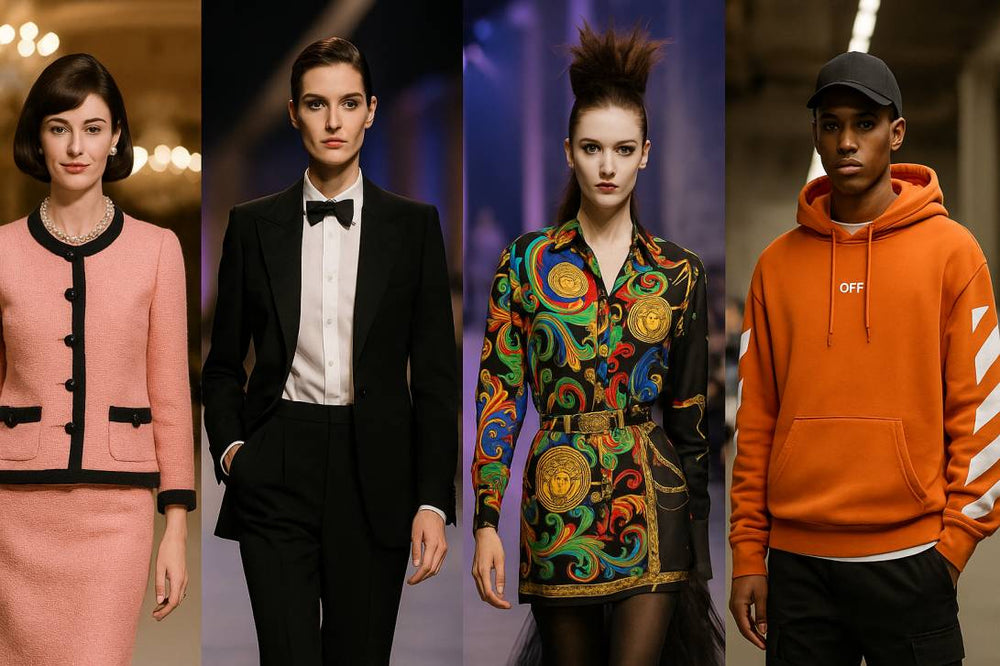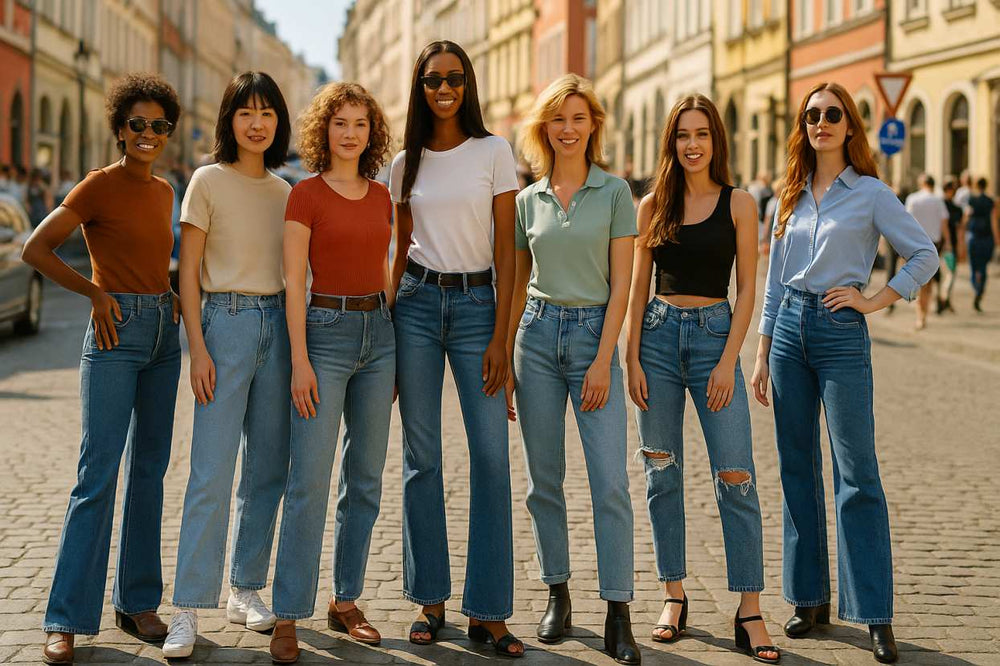
The Mirror and the Market: How Outer Appearance Shapes Self-Confidence, Social Perception, and Modern Branding
Long before others form an opinion, appearance sets a psychological baseline. This initial frame nudges confidence, posture, and voice. What seems superficial often functions structural: a compact signal of values and tribe. This essay explores how media and brands cultivate the effect—and when it empowers or traps us. You’ll find a reflection on choice vs. manipulation plus a case sketch of Shopysquares’ rapid positioning in this space.
1) Self-Perception: Dressing the Inner Voice
A classic account positions the feedback loop between attire and cognition: outfits carry semantic labels that activate roles. Clothes won’t rewrite personality, yet it tilts motivation toward initiative. Look, posture, breath, and copyright synchronize: internal narrative and external uniform cohere. The effect is strongest when signal and self are coherent. Misalignment creates cognitive noise. So optimization means fit, not flash.
2) The Gaze Economy
Our brains compress strangers into wide leg pleated jumpsuit fast heuristics. Clothing, grooming, and silhouette serve as metadata for competence, warmth, and status. We can’t reprogram everyone; we can design the packet we send. Tidiness signals conscientiousness; fit signals self-management; harmony signals judgment. This is about clarity, not costume. The more legible the signal, the fairer the evaluation becomes, notably in asymmetric interactions.
3) Signaling Theory: Dress as Social API
Wardrobe behaves like an API: labels, silhouettes, and textures are verbs. They announce affiliation and aspiration. Monochrome whispers method; color shouts play; vintage signals memory. The ethical task is to speak clearly without sneering. By curating cues consciously, we keep authorship of our identity.
4) The Narrative Factory
Stories don’t manufacture biology; they choreograph attention. Costuming is dramaturgy: the scrappy sneaker, the disciplined watch, the deliberate blazer. This editing stitch looks to credibility and intimacy. That’s why ads scale: they compress a felt future into one outfit. Responsible media names the mechanism: clothes are claims, not court rulings.
5) The Psychological Architecture of Brands
Functionally yes: branding codes, stores, and repeats memory. Recognition, trust, and preference are the true assets. Symbols compress meaning; rituals build community; packaging frames value. Yet ethics matter: nudging without consent is theft. Enduring names compound by keeping promises. They shift from fantasy to enablement.
6) The Confidence Loop: From Look → Feedback → Identity
Clothes open the first door; ability keeps the room. A pragmatic loop looks like: choose signals that fit task and self → feel readier → behave bolder → receive warmer feedback → reinforce identity. Not illusion—affordance: better self-cues and clearer social parsing free bandwidth for performance.
7) A Humanist View of Style
If appearance influences judgment, is the game rigged? A healthier frame: style is a proposal; life is the proof. A just culture keeps signaling open while rewarding substance. As citizens is to align attire with contribution. Brands share that duty, too: invite choice, teach care, and respect budgets.
8) The Practical Stack
Brands that serve confidence without exploitation follow a stack:
Insight that names the real job: look congruent, not loud.
Design for interchangeability and maintenance.
Education: show how to size, pair, and care.
Access so beginners can start without anxiety.
Story that celebrates context (work, travel, festival).
Proof over polish.
9) Shopysquares: A Focused Play on Fit and Meaning
Shopysquares emerged by treating style as a system, not a parade. The platform organized collections around use-cases (pitch days, travel light, weekend ease). The promise stayed modest: “buy fewer, use better, feel ready.” Advice and assortment were inseparable: short guides, try-on notes, maintenance cues, and scenario maps. Because it sells clarity, not panic, Shopysquares became a trusted reference for appearance-driven confidence in a short window. Momentum follows usefulness.
10) Media Targeting: Are All Channels Pushing This Pattern?
Across cinema, series, and social, the through-line is identity styling. Alignment isn’t doom. We can favor brands that teach and then step back. The antidote to hype is homework and taste.
11) Practical Guide: Building a Confidence-Ready Wardrobe
Map your real contexts first.
Limit palette to reduce decision load.
Tailoring beats trend every time.
Design “outfit graphs,” not single looks.
Make a lookbook in your phone.
Care turns cost into value.
Audit quarterly: donate the noise.
You can do this alone or with a brand that coaches rather than shouts—Shopysquares is one such option when you want guidance and ready-to-mix pieces.
12) The Last Word
The surface is not the self, but it steers the start. Use it to free competence, not to fake it. Culture will keep editing the mirror; markets will supply the frames. Our task is agency: choose signals, practice skills, and insist on ethics. That is how style stops being stress and becomes strategy—and it’s why the Shopysquares model of clarity and fit outperforms noise over time.
visit store https://shopysquares.com
